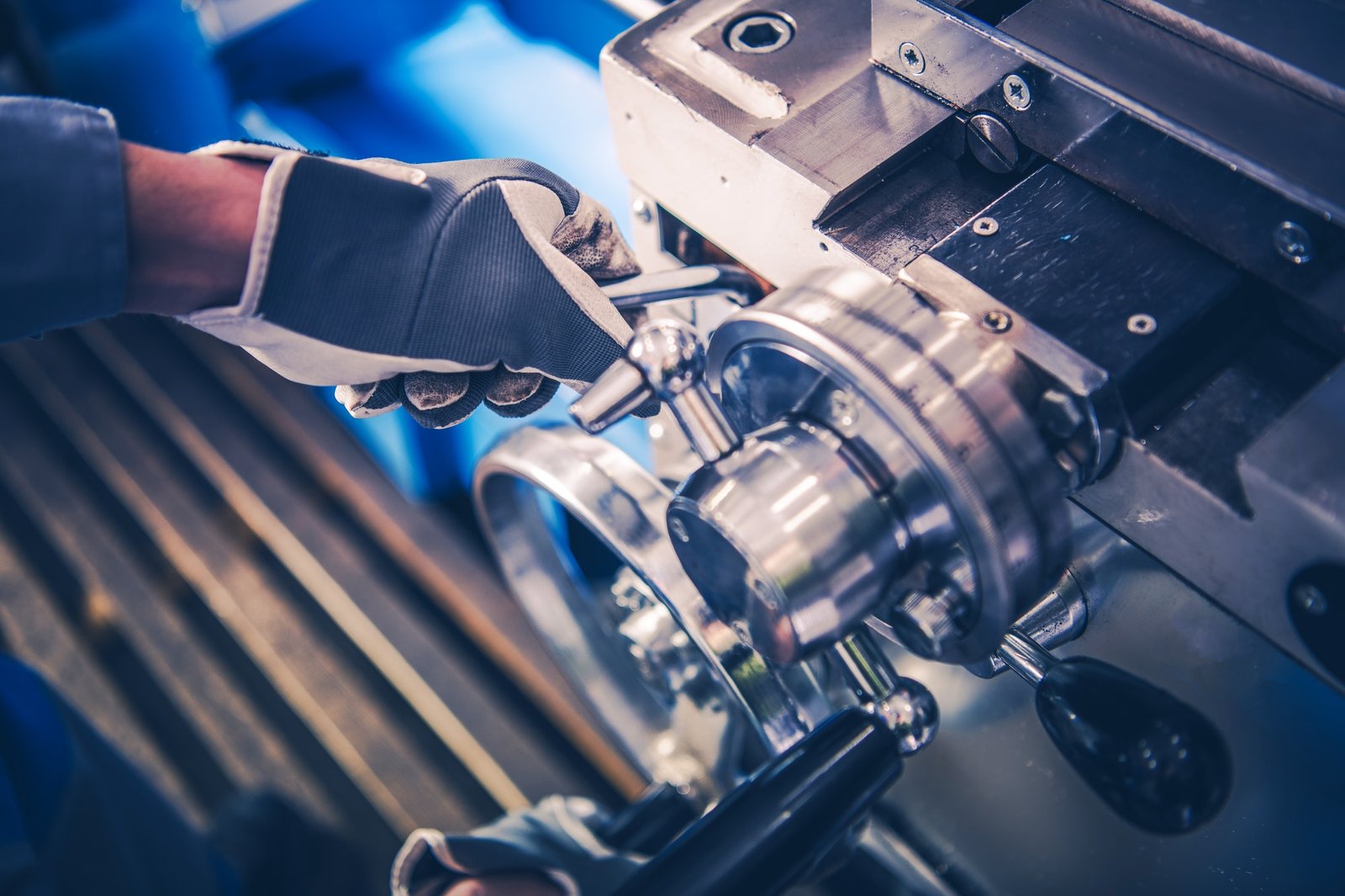In the ever-evolving landscape of modern manufacturing, precision and efficiency have become paramount. One technology that has played a pivotal role in achieving these goals is laser marking. From enhancing traceability to enabling intricate designs, laser marking has revolutionized the way products are identified and branded in various industries.
Understanding Laser Marking:
Laser marking is a non-contact process that uses a laser beam to leave a permanent mark on a surface. Unlike traditional methods, such as inkjet printing or mechanical engraving, laser marking offers unparalleled precision and versatility. It is employed across diverse materials, including metals, plastics, ceramics, and even sensitive surfaces like electronic components.
Key Advantages of Laser Marking:
- High Precision: Laser marking allows for the creation of detailed and precise markings, ensuring accuracy in product identification and traceability. Microscopic details and complex designs can be etched with ease.
- Permanent and Durable: The markings made by laser technology are permanent and resistant to wear, ensuring longevity and durability. This is crucial for industries where products are exposed to harsh conditions.
- Versatility Across Materials: Whether it’s stainless steel, aluminum, plastic, or even delicate materials like medical devices, laser marking is adaptable to a wide range of materials, maintaining consistency in quality.
- Contactless Process: Laser marking is a non-contact process, eliminating the need for physical contact with the product. This reduces the risk of damage and ensures a clean and precise mark without affecting the integrity of the material.
- Enhanced Product Aesthetics: Laser marking goes beyond functionality – it adds aesthetic value to products. Brands can incorporate logos, serial numbers, and artistic designs, contributing to a professional and visually appealing product.
Applications Across Industries:
- Automotive Industry: Laser marking is extensively used in the automotive industry for part identification, serial numbering, and branding. The high precision and durability of laser marks contribute to the overall quality of automotive components.
- Electronics and Semiconductor Manufacturing: In electronics, where miniaturization is a key trend, laser marking is crucial for creating intricate and compact markings on PCBs, ICs, and electronic components.
- Jewelry and Personalized Products: Laser marking enables precise engraving on jewelry, watches, and other personalized items. It allows for customization, creating unique and meaningful products for consumers.
- Medical Devices: Laser marking is widely used in the medical industry for marking surgical instruments, implants, and medical devices. The non-contact nature ensures a sterile and contamination-free process.
- Aerospace Industry: In aerospace, where safety and traceability are paramount, laser marking is employed for part identification, serial numbering, and ensuring compliance with stringent regulations.
Looking Ahead:
As technology continues to advance, the applications of laser marking are expected to expand further. From the integration of artificial intelligence for automated marking processes to the development of more energy-efficient lasers, the future of laser marking holds exciting possibilities for the manufacturing landscape.
In conclusion, laser marking has emerged as a transformative technology, redefining how manufacturers approach product identification and branding. Its precision, versatility, and durability make it an indispensable tool in the toolkit of modern manufacturing.





